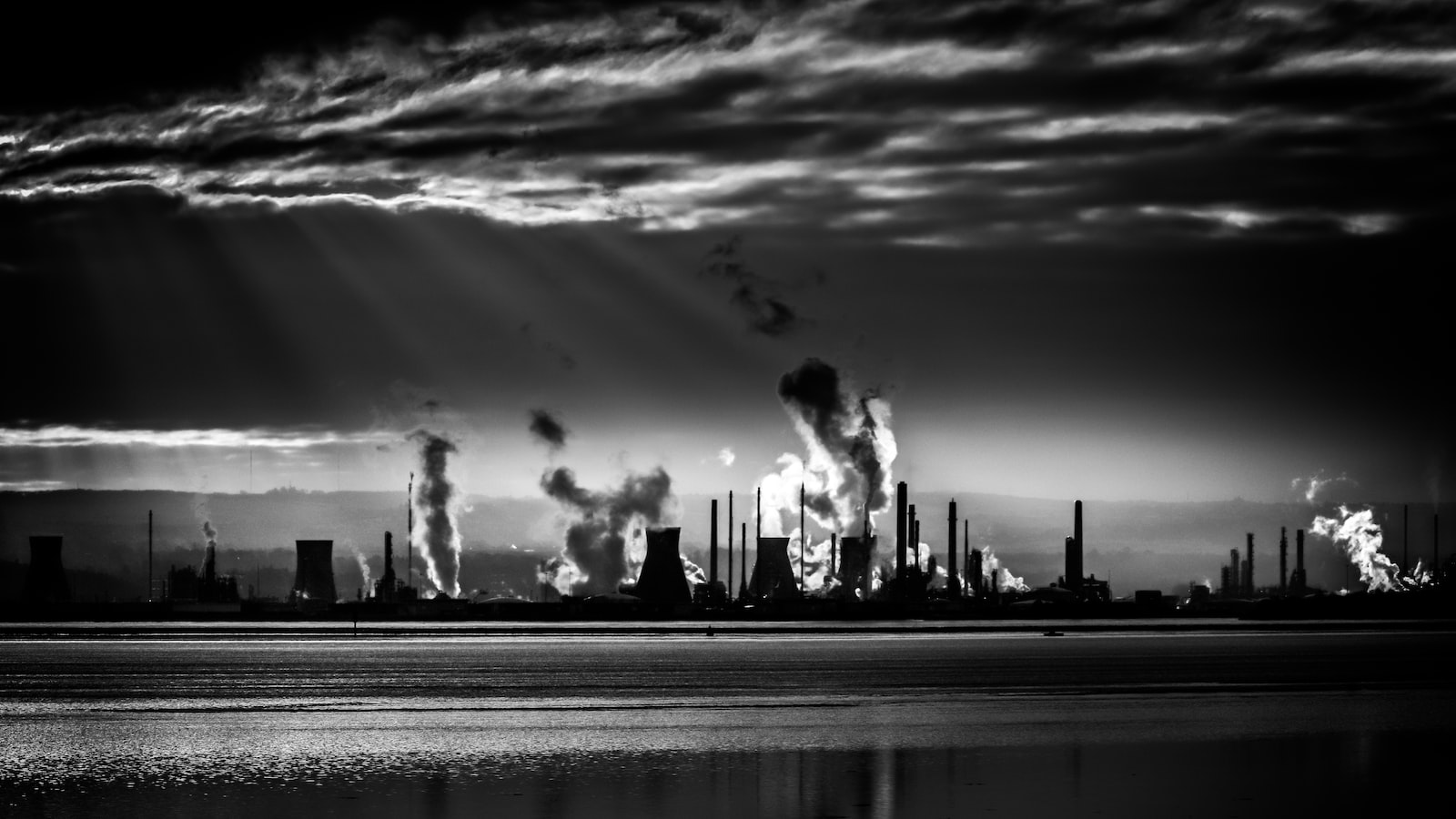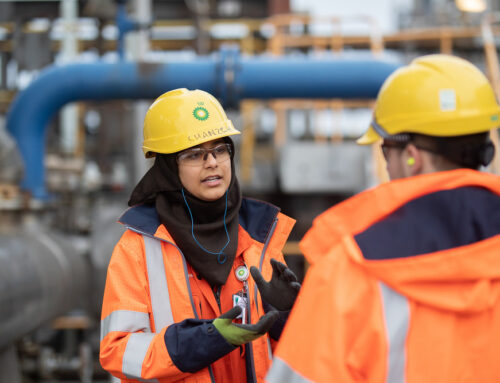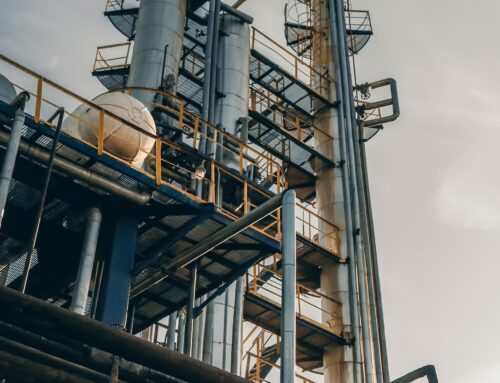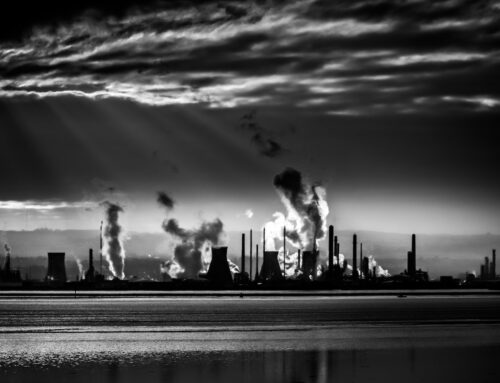
The Role of Petrochemicals in Aquaculture
Aquaculture, also known as fish farming, plays a vital role in meeting the world’s growing demand for seafood.
Petrochemicals have become an integral part of modern aquaculture practices, contributing to its sustainable
development. Petrochemicals are chemicals derived from petroleum and natural gas, and they have a wide range of
uses in aquaculture, including:
- Polyethylene (PE) Nets: PE nets are widely used in aquaculture to construct cages or pens
that
hold and protect farmed fish. This helps prevent escape and protects fish from predators, ensuring their
growth and survival. - Polyvinyl Chloride (PVC) Pipes: PVC pipes are used in aquaculture systems for water
circulation,
transportation, and waste management. They provide durable and cost-effective solutions for maintaining
suitable
environmental conditions for aquatic organisms. - Polystyrene (PS) Floating Materials: PS foam boards and floats are used to create floating
structures such as fish cages, rafts, and platforms. These materials provide buoyancy, stability, and easy
maneuverability in aquaculture operations. - Anti-Fouling Coatings: Petrochemical-based anti-fouling coatings are applied to aquaculture
equipment and structures to prevent the growth of unwanted organisms, such as barnacles and algae, which can
negatively impact fish health and productivity.
Ensuring Sustainable Aquaculture Practices
While petrochemicals have numerous benefits in aquaculture, it is essential to ensure their usage aligns with
sustainable practices. Here are some key considerations:
- Resource Efficiency: Continuous efforts should be made to optimize petrochemical use in
aquaculture, reducing waste and minimizing environmental impacts. - Proper Disposal: Used or damaged petrochemical products must be disposed of responsibly,
adhering to local regulations to prevent pollution and harm to aquatic ecosystems. - Innovation: Investing in research and development is crucial to finding alternative
materials
with reduced environmental impacts without compromising the efficiency and effectiveness of aquaculture
practices. - Environmental Monitoring: Regular monitoring should be conducted to assess the impacts of
petrochemicals on water quality, ecosystem health, and aquatic organisms, implementing corrective measures if
necessary.
Achieving Sustainability in Aquaculture
Sustainable aquaculture practices strive to minimize negative environmental impacts while maximizing economic
viability and social responsibility. Combining advanced technologies, responsible management, and ongoing
research,
the aquaculture industry can work towards achieving sustainability goals.
Petrochemicals, when utilized judiciously and within the framework of sustainable practices, can continue to
contribute significantly to the growth and development of aquaculture, supporting the production of nutritious
seafood while safeguarding the health of our oceans and ecosystems.
Image Source: example.com





